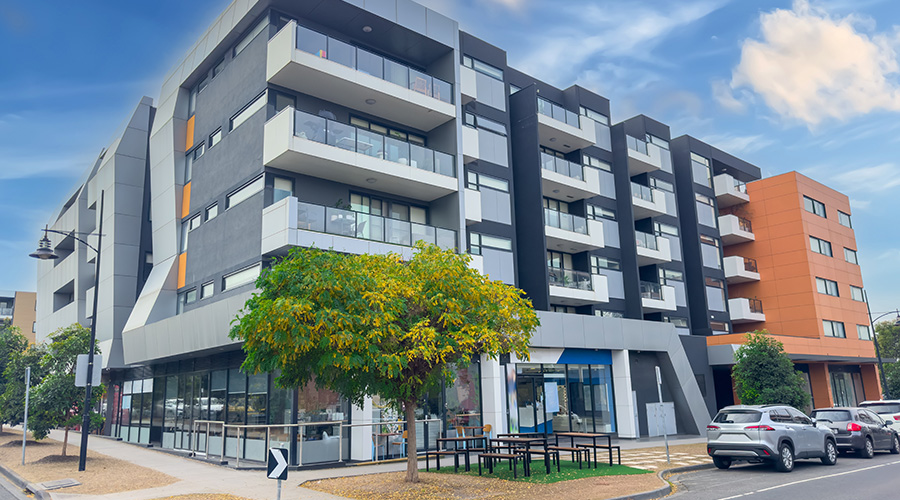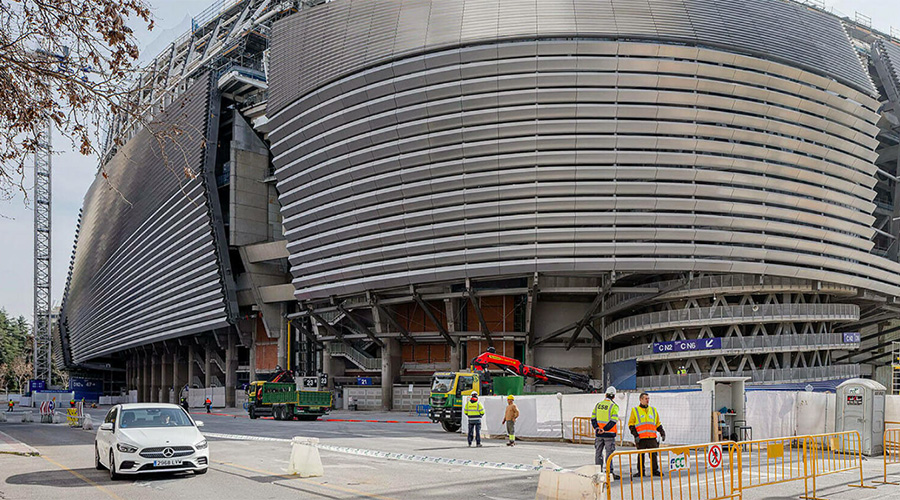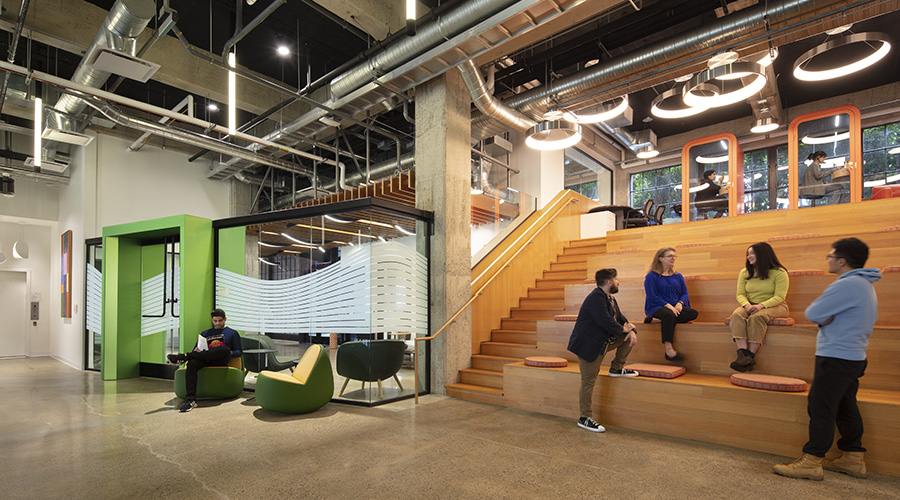Construction Market Has Positive Outlook Despite Looming Tariffs
While the business climate appears favorable, consultant reminds facility executives to remain cautious as 2025 unfolds.
By Doug Carroll, Contributing Writer
Facility managers don’t need Chris Fisher to tell them that things are different in Washington, D.C., these days with the Donald Trump Administration in charge. They’re well aware of that much.
However, depending on political persuasion, managers might need him for some sunshine regarding the commercial construction market.
He’s got some.
“With the new administration comes a level of optimism, for a couple of reasons,” says Fisher, managing principal of the building and construction team at the international consulting firm Ducker Carlisle.
“There’s clarity (after the election). Trump’s a builder and a developer, he ‘gets’ our world, and that’s something people feel good about. There’s also an anticipation that there will be a reduction in regulations, which could help with permitting approvals and red tape in getting projects started.
“The players in the industry are excited about these things.”
Ducker Carlisle’s institutional and commercial construction industry forecast for 2025, a 25-page document full of charts and graphs, is bullish on five areas of policy in the new administration: growth, regulatory improvements, tariffs and trade, oil and gas production, and tax cuts.
The analysis notes that positive GDP growth stimulates investment in facilities and infrastructure.
“A growth focus should lift everybody up and hopefully balance interest rates,” Fisher said.
Driving the commercial construction sector’s growth will be anticipated interest rate cuts, continued government infrastructure investments through the Infrastructure Investment and Jobs Act (IIJA) and CHIPS Act funding and increased data center construction demand.
Fisher said he will be keeping an eye on a specific set of challenges, which include:
- A tight labor market that might have a negative effect on interest rates.
- Changes in immigration could reduce the construction labor pool.
- Tariffs that have the potential to disrupt supply chains and product availability for building products and components, as well as the potential for short-term price inflation in building materials.
“There’s cautious optimism for the new administration,” Fisher says. “But I advise clients not to draw too much comparison (with the previous administration). Our economy is bigger than any one president. It’s different now with AI, supply chain logistics and more renewable energy. We’ll see how the dynamics can be managed.”
He said he also will be watching the cost of money, statistics on imports and exports, consumer spending indicators, and occupancy and rent levels.
“This is an industry that’s local,” Fisher says. “For example, you can’t predict what will happen in the Midwest when it’s cold and you’re not building. And the California fires will impact spending to a significant degree. Timelines will be way longer.”
The trouble with data, he noted, is that by the time the numbers are out, they are three months old and may no longer be reliable.
Regardless of what they indicate, his counsel is the same.
“Don’t overreact,” Fisher says.
Doug Carroll is a freelance writer based in Chandler, Arizona.
Related Topics:












